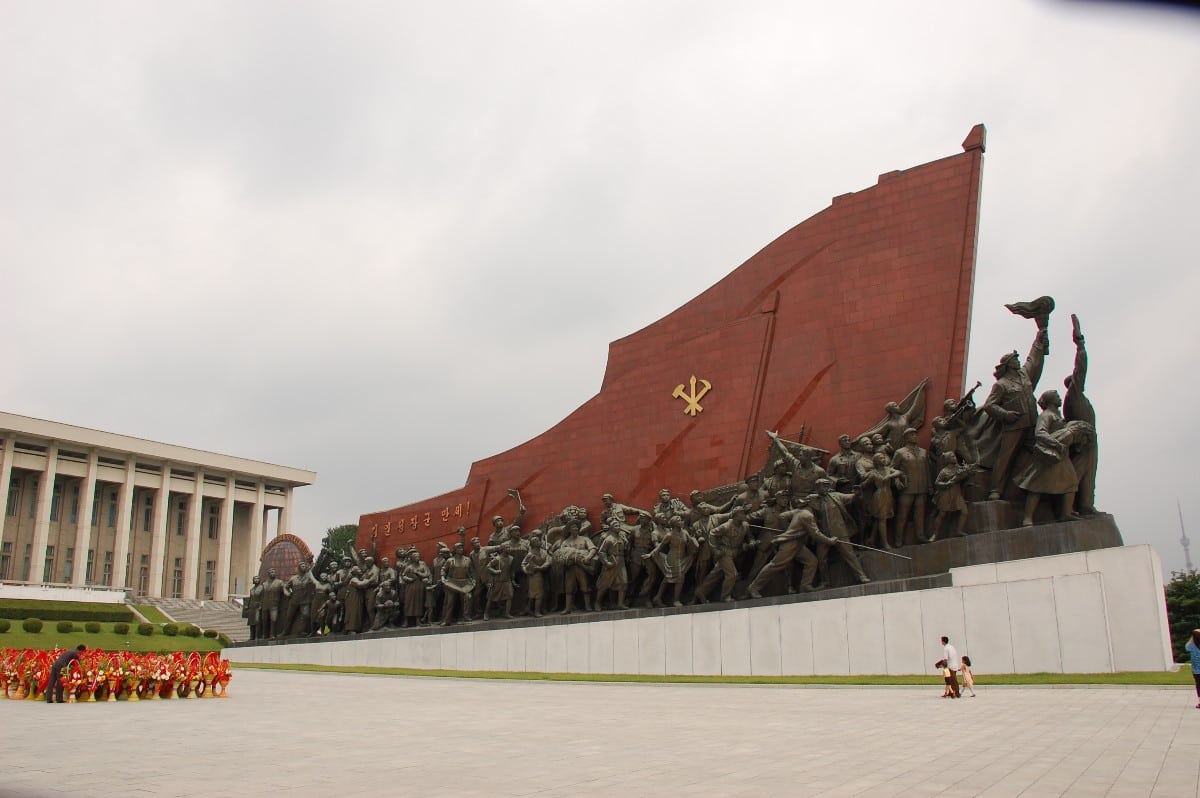 Photo courtesy of (stephan) on Flickr
Photo courtesy of (stephan) on Flickr
Why Now? The Necessity and Challenges of a New Public Diplomacy Strategy Towards the DPRK
This post is part one of a two-part series on the potential for public diplomacy in the current state of U.S.-DPRK relations. Read part two here.
The U.S.-North Korea (DPRK) summit held in Singapore on June 12th occurred to great fanfare, with high hopes for strides towards denuclearization as a product of the historic talks. President Trump described the results as both “important” and “comprehensive,” but the actual outcome was less grand, with little happening of substance beyond the release of a joint document encompassing a reaffirmation of the Panmunjon Declaration and Chairman Kim’s “unwavering commitment to complete denuclearization of the Korean peninsula”.
Whilst all steps towards the denuclearization of the Korean peninsula are an accomplishment for global security, as well as the primary objective of U.S. policy towards the DPRK, the requisite actions to get to that point must occur as part of a long-term, multi-pronged strategy that goes far beyond simple reaffirmations. One aspect of that strategy that is important to consider is public diplomacy, and its ability to deepen and increase the credibility of the U.S.-DPRK relationship. Such credibility is critical in ensuring success in a denuclearization program – a trustworthy, well-connected U.S. is more able to implement measures such as verifying the dismantlement of the DPRK nuclear program.
Effectively integrating public diplomacy as part of U.S. policy towards the DPRK is not without its challenges. Firstly, there is a limited precedent of prior public diplomacy initiatives towards the DPRK by both state and private actors. ASP explored these initiatives in detail in 2013, describing plans by the Broadcasting Board of Governors to use mediumwave radio transmitters along the South Korean (ROK) border to broadcast information. In tandem, ROK-based NGOs such as the North Korea Strategy Center have smuggled USB sticks loaded with Western and ROK-produced content across the border using drones, balloons, and black market distribution methods. The ROK itself has been using broadcasting strategies along the border for years, primarily through the use of loudspeakers and pamphlet dissemination – however, commitments in the Panmunjon Declaration to the cessation of such activities have already been enacted.
The issue with these strategies in the current climate is that they undermine the DPRK government, and are not appropriate for creating the perception within the North Korean government that the U.S. can be trusted.
Potential denuclearization is already complicated by Pyongyang’s fears about the so-called “Libya model,” where regime collapse follows U.S.-orchestrated disarmament. To counter these concerns raised publicly by Pyongyang after senior U.S. leadership not once, but twice referenced the Libya model, public diplomacy must emphasize a strategy that highlights America’s interest in building relationships, rather than promoting destabilization.
Secondly, initiatives like the ones illustrated above have not incorporated a key aspect of public diplomacy – listening. Our ability to understand the DPRK population and to craft public diplomacy accordingly is limited by the extent of the DPRK’s isolation, and by the one-sided nature of the prior initiatives. The understanding we do have is based off small-scale surveys and broader regime analysis, and generally not from robust public diplomacy.
That existing intelligence collected from DPRK citizens, both present and defected, is often contradictory further complicates the situation. The Beyond Parallel initiative at CSIS has been successful in conducting small-scale surveying within the DPRK, which found in 2017 that 68% of respondents did not view the U.S. as the enemy. However, this contrasts with findings from the 2013-16 North Korean Public Perception on Unification study at Seoul National University that indicate that defectors, whilst living in the DPRK, held a strong perception of the U.S. as a threat to Korean peace. Our understanding of public perception is thus cloudy. Furthermore, Dr. Derek Bolton explains in his report for ASP that the North Korean Juche narrative remains strong, and gives individuals and policymakers “an emotional connection and interest” in preserving their national identity. Effectively communicating with a populace that is not only difficult to access but also simultaneously incentivized to generally follow the national narrative and poorly understood on specific policy issues is difficult, and makes designing listening-oriented public diplomacy troublesome.
The present challenge in using public diplomacy to better achieve peace on the Korean peninsula is significant. It is defined by the dual necessities of reconsidering the goals of DPRK-oriented public diplomacy and better understanding the target audience, but it is a challenge worth surmounting to increase U.S. credibility and assist in the overall drive for denuclearization.
You can read part two of this series, which addresses the areas for hope and policy recommendations here.





